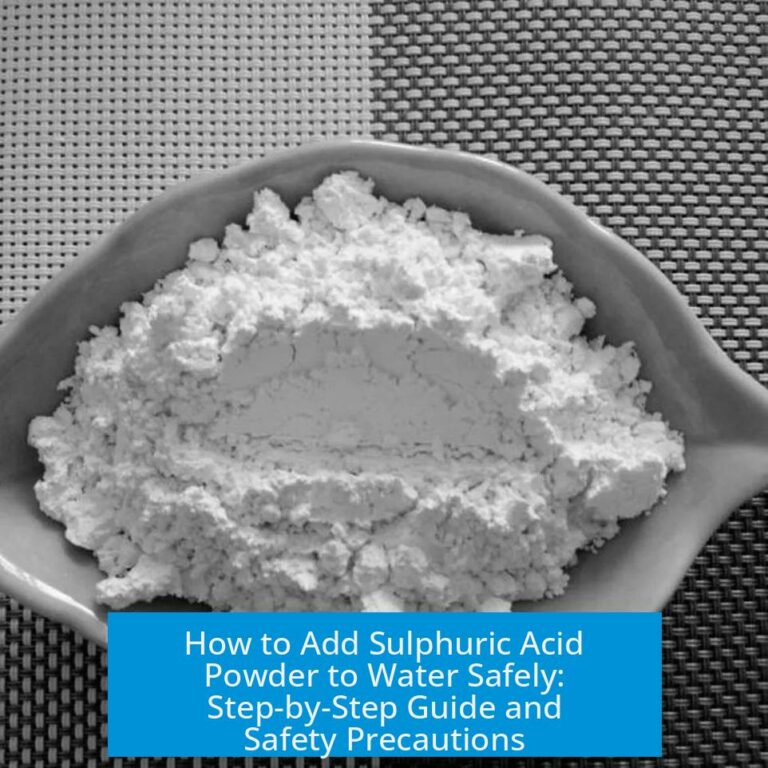Understanding Acid Strength: Why Perchloric Acid is Stronger than Periodic Acid, Yet HI Outperforms HCl
Acid strength varies depending on molecular structure, bonding, and the stability of conjugate bases formed. Perchloric acid (HClO4) is stronger than periodic acid (HIO4) largely due to electronegativity and orbital overlap effects in their conjugate bases. In contrast, hydrogen iodide (HI) outstrips hydrogen chloride (HCl) in strength because of differences in bond strength and size-related stabilization of their conjugate bases.
General Principle of Acid Strength
Acid strength depends fundamentally on how easily an acid donates a proton (H+). The easier the donation, the stronger the acid. This ability relates closely to the stability of the conjugate base that remains once the proton departs. More stable conjugate bases correspond to stronger acids.
Why HI is Stronger than HCl
Bond Strength and Atomic Size Influence
In hydrogen halides like HI and HCl, the hydrogen atom bonds directly to the halogen. Iodine’s atomic radius exceeds chlorine’s, resulting in a longer and weaker H–I bond compared to the H–Cl bond. This weaker bond in HI makes proton release simpler, increasing its acid strength relative to HCl.
Conjugate Base Stability via Charge Distribution
After deprotonation, conjugate bases I– and Cl– form. Iodide ion (I–) has a larger atomic radius and 5p valence orbitals, allowing it to spread the negative charge over a broader volume. This charge delocalization effectively stabilizes I– more than Cl–, which has smaller 3p orbitals confined closer to the nucleus.
This difference in orbital size means I– experiences stronger electrostatic stabilization, enhancing the overall stability of the conjugate base. Therefore, HI, with its more stable conjugate base, is the stronger acid.
Why Perchloric Acid is Stronger than Periodic Acid
Proton Attachment and Inductive Effects
In oxoacids like HClO4 and HIO4, the acidic proton attaches to an oxygen atom, not the halogen directly. The halogen’s electronegativity modulates acidity indirectly. Chlorine, being more electronegative than iodine, pulls electron density toward itself more effectively via the oxygen atoms.
This electron-withdrawing effect weakens the O–H bond more in perchloric acid, making proton loss easier. In periodic acid, iodine’s lower electronegativity results in less such effect, leading to a less acidic compound.
Orbital Size Compatibility and Resonance Stabilization
The conjugate bases formed—perchlorate (ClO4–) and periodate (IO4–) anions—gain stability through resonance. Charge delocalization across multiple atoms lowers the energy of the conjugate base.
Oxygen atoms use 2p orbitals to participate in resonance. Chlorine’s 3p orbitals are closer in size to oxygen’s 2p orbitals than iodine’s 5p orbitals. This size compatibility promotes stronger orbital overlap and more effective resonance delocalization in perchlorate than in periodate. Consequently, perchlorate ions distribute negative charge more evenly, increasing conjugate base stability and acid strength of perchloric acid.
Role of Solvation and Environment
Solvent interactions, especially with water, influence acidity by stabilizing conjugate bases. For example, hydrogen fluoride (HF) is a strong acid in non-aqueous media but weak in water, demonstrating solvation’s impact. While not directly altering the perchloric vs. periodic acid or HI vs. HCl comparison, this underscores how environmental factors can affect observable acid strength.
Summary of Acid Strength Differences
- Hydrogen Halides (HX): Acidity depends on bond strength and size of halogen bonded to hydrogen. Larger, less electronegative iodine forms weaker H–I bonds and more stable I– ions, making HI stronger than HCl.
- Oxoacids (HXO4): Acidity is influenced by halogen electronegativity and resonance in conjugate bases. Chlorine’s higher electronegativity and better orbital matching with oxygen lead to stronger resonance stabilization, making HClO4 stronger than HIO4.
Comparison Table: Acid Strength and Underlying Factors
| Acid Category | Stronger Acid | Main Reason |
|---|---|---|
| Hydrogen Halides (HX) | HI > HCl | Weaker H–I bond and better charge dispersion in I– |
| Oxoacids (HXO4) | HClO4 > HIO4 | Greater electronegativity of Cl and better 3p-2p orbital overlap enhancing resonance stabilization |
Key Takeaways
- Acid strength depends on proton donation ease and conjugate base stability.
- HI outperforms HCl because iodine’s larger size weakens the H–I bond and stabilizes I–.
- Perchloric acid’s higher strength compared to periodic acid arises from chlorine’s greater electronegativity and superior resonance stabilization enabled by orbital size compatibility.
- In hydrogen halides, halogen size dominates acid strength; in oxoacids, electronegativity and conjugation effects dominate.
- Conjugate base resonance and charge delocalization crucially influence acid strength in oxoacids.
Why is perchloric acid (HClO4) stronger than periodic acid (HIO4) even though iodine is larger than chlorine?
In these acids, hydrogen attaches to oxygen, not directly to halogens. Chlorine’s higher electronegativity pulls electron density more than iodine. This weakens the O-H bond in perchloric acid, making it easier to lose H+, so HClO4 is stronger.
How does orbital overlap influence the acidity of perchloric acid compared to periodic acid?
Chlorine’s 3p orbitals better match oxygen’s 2p orbitals, enhancing resonance in perchlorate ions. Iodine’s 5p orbitals are larger and less compatible, reducing resonance in periodate ions. Stronger resonance stabilizes the conjugate base, increasing acid strength for HClO4.
Why is hydroiodic acid (HI) stronger than hydrochloric acid (HCl)?
HI has a weaker H–I bond because iodine’s larger atomic size holds hydrogen less tightly than chlorine. Also, I⁻ spreads out the negative charge more effectively, stabilizing the conjugate base better than Cl⁻ does.
What role does conjugate base stability play in acid strength differences between HI and HCl?
The larger iodide ion (I⁻) stabilizes negative charge over a bigger volume. This charge dispersion stabilizes HI’s conjugate base more than chloride ion (Cl⁻), making HI a stronger acid despite electronegativity differences.
How does the difference in proton attachment site (halogen vs oxygen) affect acid strength trends for hydrogen halides and oxoacids?
In hydrogen halides (HX), H bonds directly to halogens, so bond strength and atomic size affect acidity. In oxoacids (HXO4), H bonds to oxygen, so halogen electronegativity and orbital interaction shape conjugate base stability and thus acidity.




Leave a Comment